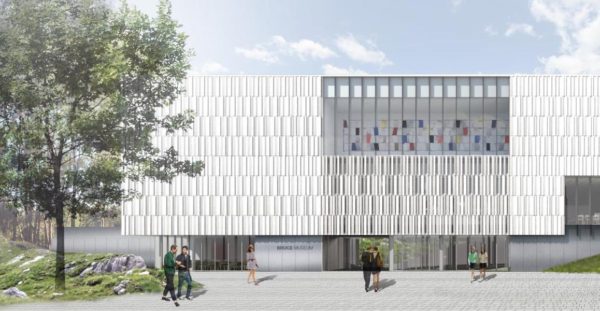THE CHANGING FACE OF THE BRUCE MUSEUM

The large granite mansion that the Rev. Dr. Francis Lister Hawks, a lawyer, clergyman and historian, built in the late-1850s was first known as “Hawk”™s Nest,” reflecting the name of its owner, local wildlife, and the estate”™s commanding location high on a hill overlooking Long Island Sound and the surrounding salt marsh, woods, farmland and burgeoning village of Greenwich.
In 1858, the imposing private residence was purchased by wealthy merchant Robert Moffat Bruce, who, a half century later, deeded the property to the town of Greenwich, stipulating that it be used as a “…museum for the use and benefit of the public.” In so doing, he also lent his name to what would become an enduring Greenwich cultural landmark, the Bruce Museum, established in 1912.
Opening on Saturday, Aug. 8, in the Bruce Museum”™s Bantle Lecture Gallery, the exhibition House on the Hill: The Changing Face of the Bruce Museum will explore how the views of the Bruce Museum have transformed over time. Numerous historical images will show the evolution of the structure from its conversion from mansion to modern museum that explores the intersections of art and science.
The exhibition will be open to the public through Oct. 11, a moment in time that coincides with the next iteration of the changing face of the Bruce Museum: the Groundbreaking Celebration for the New Bruce addition, scheduled to take place in mid-October. This transformative project will expand the museum from 30,000 square feet to more than 70,000 square feet.